Don’t Just Cook a Tenderloin—Build the Perfect Plate
I’ve spent more nights on a professional kitchen line than I can count, and in that time, I’ve probably seared, roasted, and served a small herd’s worth of beef tenderloins. I’ve cooked them for jam-packed Saturday nights, for intimate catered events, and for my own family’s biggest celebrations. And through it all, I’ve learned one simple, unshakeable truth: the tenderloin itself is only half the story. A truly unforgettable meal hinges just as much on the dishes you serve alongside it.
In this article
A perfectly cooked tenderloin is a thing of beauty, no doubt. It’s fork-tender with a clean, delicate beef flavor. But that’s also its biggest challenge. It doesn’t have the in-your-face, beefy punch of a ribeye, which comes loaded with flavorful fat. A tenderloin is more like a blank canvas. It practically begs for support from side dishes that bring contrast, richness, and texture to the party. So, choosing the right sides isn’t just about filling the plate. It’s about building a complete, balanced experience where every single element makes the others shine.

This guide is basically a brain dump of everything I’ve learned on the line and while teaching new cooks. I’m going to walk you through the real techniques we use in pro kitchens—not the dumbed-down versions. I’ll get into the ‘why’ behind each choice, from the science of a perfect potato mash to the art of a balanced sauce. Let’s build a plate that actually does justice to this incredible cut of meat.
First, Respect the Main Event: The Tenderloin
Before we even think about sides, we have to understand the star of the show. The tenderloin is a long, narrow muscle that runs along the spine. It does very little work, which is why it’s the most tender cut of beef you can buy. But this also means it has very little intramuscular fat (or marbling) and almost no connective tissue. The downside? It has a subtle flavor and can dry out in a heartbeat if you overcook it.

When you’re at the butcher counter, you’ll see a few different grades. Prime is the top tier, with the most marbling. It’s what high-end steakhouses use, but it can be seriously pricey and hard to find. We’re talking upwards of $50 a pound sometimes. Choice is much more common and still fantastic quality, usually running between $25 and $35 a pound. Select has the least marbling and is the most likely to get dry. Honestly, for a cut this lean, I always tell people to buy the best grade they can comfortably afford. That little bit of extra fat in a Prime or high-end Choice cut is your insurance policy against a dry, disappointing dinner.
And please, for the love of all that is good, get a reliable digital instant-read thermometer. Color is not an accurate guide, and I’ve watched even seasoned cooks completely miss the mark. A thermometer is the ONLY way to guarantee you nail it. Heads up! Remember that the meat’s temperature will keep rising by 5 to 10 degrees after you pull it from the heat. We call this carryover cooking. You have to pull it from the oven or pan just before it hits your ideal temperature.
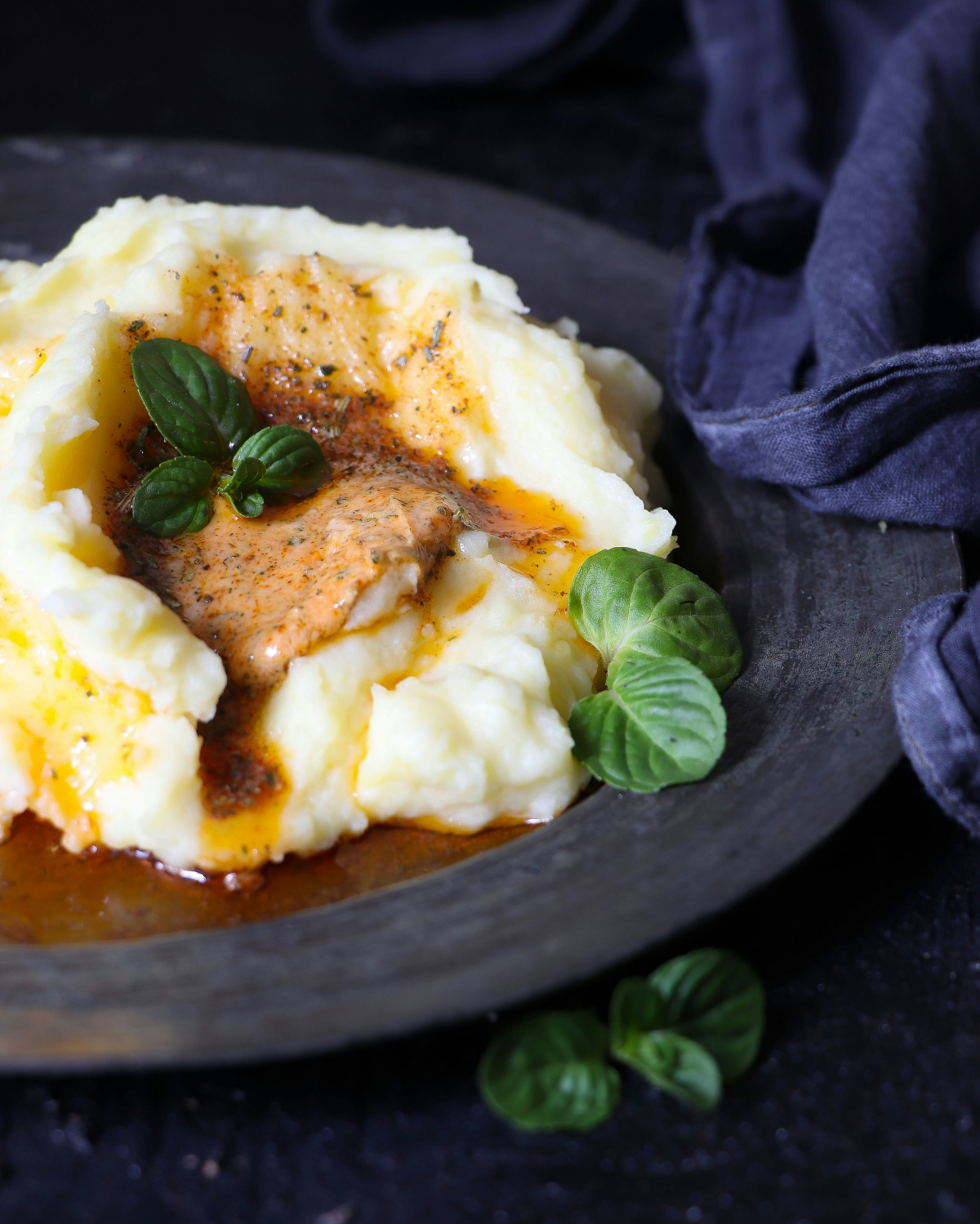
Pro Target Temps (pull from heat at these temps):
- Rare: 120-125°F
- Medium-Rare: 130-135°F
- Medium: 140-145°F
I’m going to be blunt: don’t cook tenderloin past medium. Its lack of fat and tissue means it just gets dry and chalky at higher temps. You completely lose the texture and tenderness that you paid a premium for.
The Philosophy of Pairing: How to Think Like a Chef
In the kitchen, we build plates around a few key ideas to make sure a meal is interesting from the first bite to the last. For a soft, lean cut like tenderloin, we’re looking for sides that deliver:
- Texture: The meat is incredibly soft. It needs something with a crunch or a crisp. Think crispy potatoes, charred asparagus, or even some crunchy breadcrumbs on top of a gratin.
- Richness: Tenderloin is lean, so it sings when paired with rich, fatty sides. This is why creamed spinach, a buttery potato gratin, or a silky béarnaise sauce are such classics. They provide the luxurious mouthfeel the meat is missing.
- Acidity: A little pop of acid is crucial. It cuts through all that richness and cleanses your palate, making each bite of steak taste new again. This can come from a lemon vinaigrette, a splash of vinegar in a sauce, or tangy roasted tomatoes.
- Earthy Notes: The mild flavor of tenderloin is a perfect backdrop for earthy flavors. Sautéed mushrooms, roasted root vegetables, and herbs like thyme and rosemary really bring out its best qualities.
You don’t need to check all these boxes with one side dish. The goal is to pick two or three that work together to create that perfect balance on the plate.
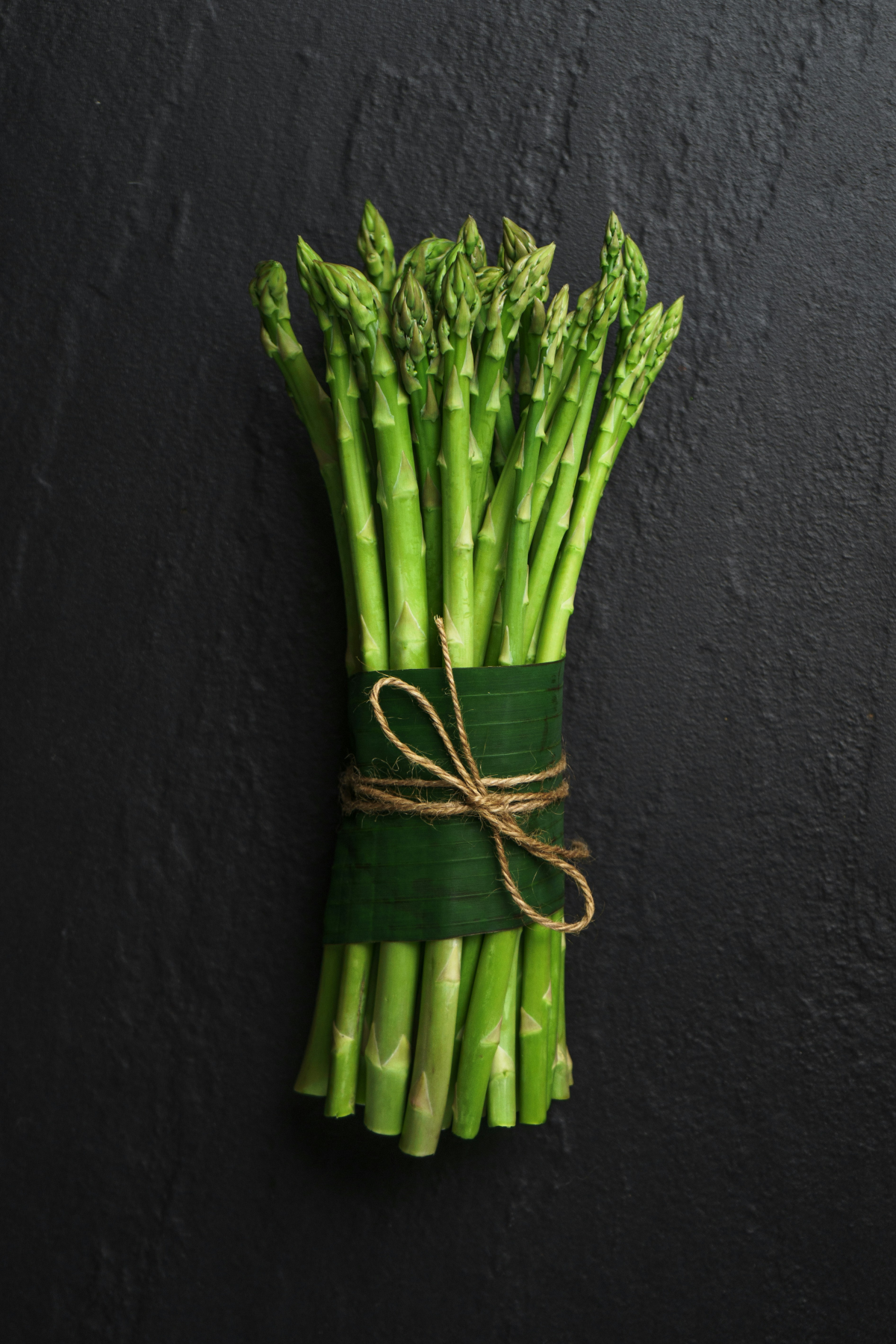
The Foundational Starch: Your Meal’s Anchor
A great starch is the comforting base of the meal. It’s there to soak up any juices from the meat and sauce, providing a satisfying counterpoint to the protein. Here are a couple of pro-level takes.
Next-Level Roasted Garlic Mashed Potatoes
Everyone thinks they can make mashed potatoes, but the gap between good and great is massive. The most common mistake? Boiling the potatoes to death until they’re a watery, sad paste. Let’s fix that.
What You’ll Need (Serves 6-8):
- 3 lbs Yukon Gold potatoes
- 1 whole head of garlic
- 1 tbsp olive oil
- 1 cup heavy cream
- 1 stick (1/2 cup) unsalted butter
- Salt and fresh-cracked black pepper
Time Commitment: About 1 hour total, with 20 minutes of active work.
The Pro Method: First, get that garlic roasting. Slice the top off the head, drizzle with olive oil, wrap it in foil, and pop it in a 400°F (200°C) oven for 40-50 minutes until it’s soft and sweet. While that’s going, peel your potatoes. For the fluffiest, most flavorful mash, steam them instead of boiling. Cut them into even chunks and place them in a steamer basket over simmering water until a fork slides in with zero resistance. Steaming prevents them from getting waterlogged. Once the garlic is done, you just squeeze those sweet, nutty cloves right into the potatoes. Now for the most important part: NEVER use a food processor or blender. The blades will turn your potatoes into wallpaper paste. You need a food mill or a potato ricer—they create that perfect, fluffy texture. Push the steamed potatoes through the ricer, then gently fold in your warmed heavy cream and butter. Season generously.
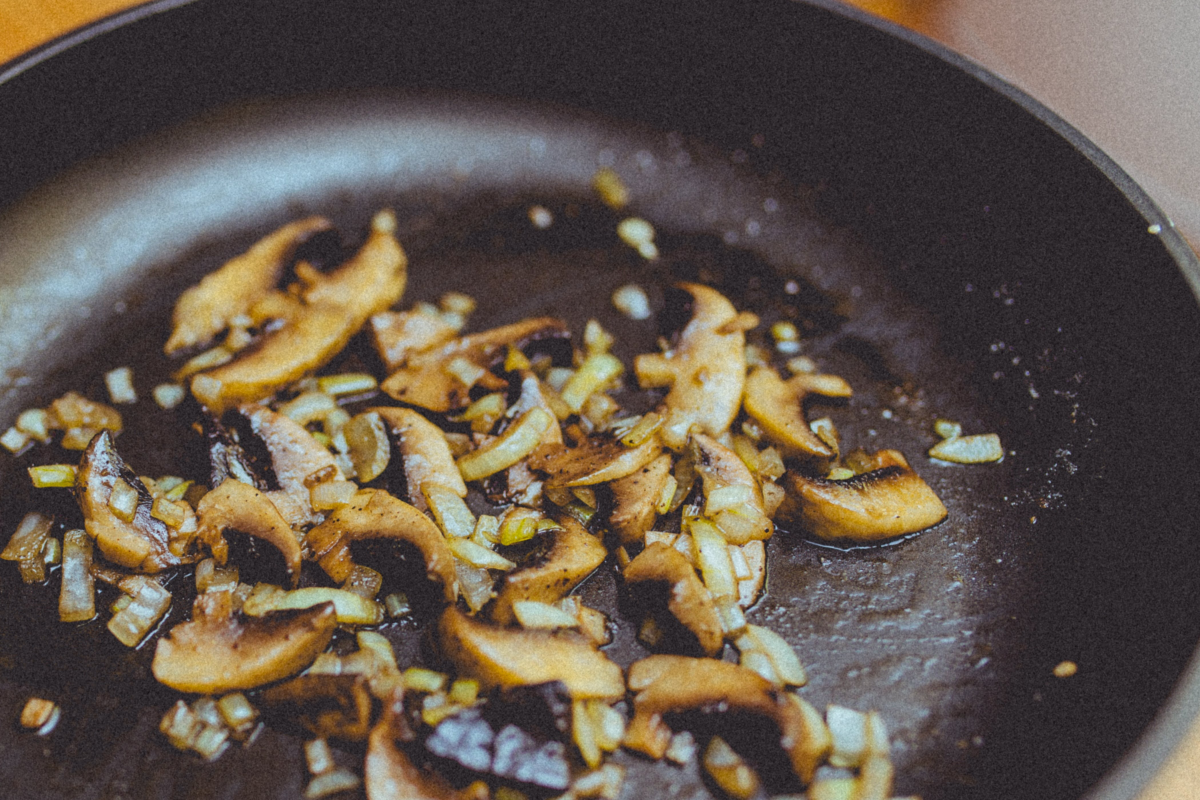
Troubleshooting Tip: Did they get a little gummy anyway? Don’t despair. You can’t fully reverse it, but you can mask it. Stirring in more fat, like extra butter or even a scoop of Boursin or cream cheese, can save the texture.
Make-Ahead Magic: This is a lifesaver. You can make these a full day ahead. Just let them cool and store them in the fridge. To reheat, put them in a heatproof bowl over a pot of simmering water (a makeshift double boiler) and stir occasionally with a splash of cream until they’re hot and creamy again. You can also do this in a slow cooker on low.
The Ultimate Potato Gratin
If you want something a bit more elegant, a potato gratin is a steakhouse champion for a reason. Those creamy, cheesy layers are the perfect rich partner for lean tenderloin.
What You’ll Need (Serves 6-8):
- 2.5 lbs Yukon Gold or Russet potatoes
- 2 cups heavy cream
- 2 cloves garlic, 1 smashed and 1 whole
- 1 sprig fresh thyme
- Pinch of freshly grated nutmeg
- 1.5 cups shredded Gruyère or Parmesan cheese
- Salt and pepper
Time Commitment: About 1 hour 45 minutes total, with 25 minutes of active prep.
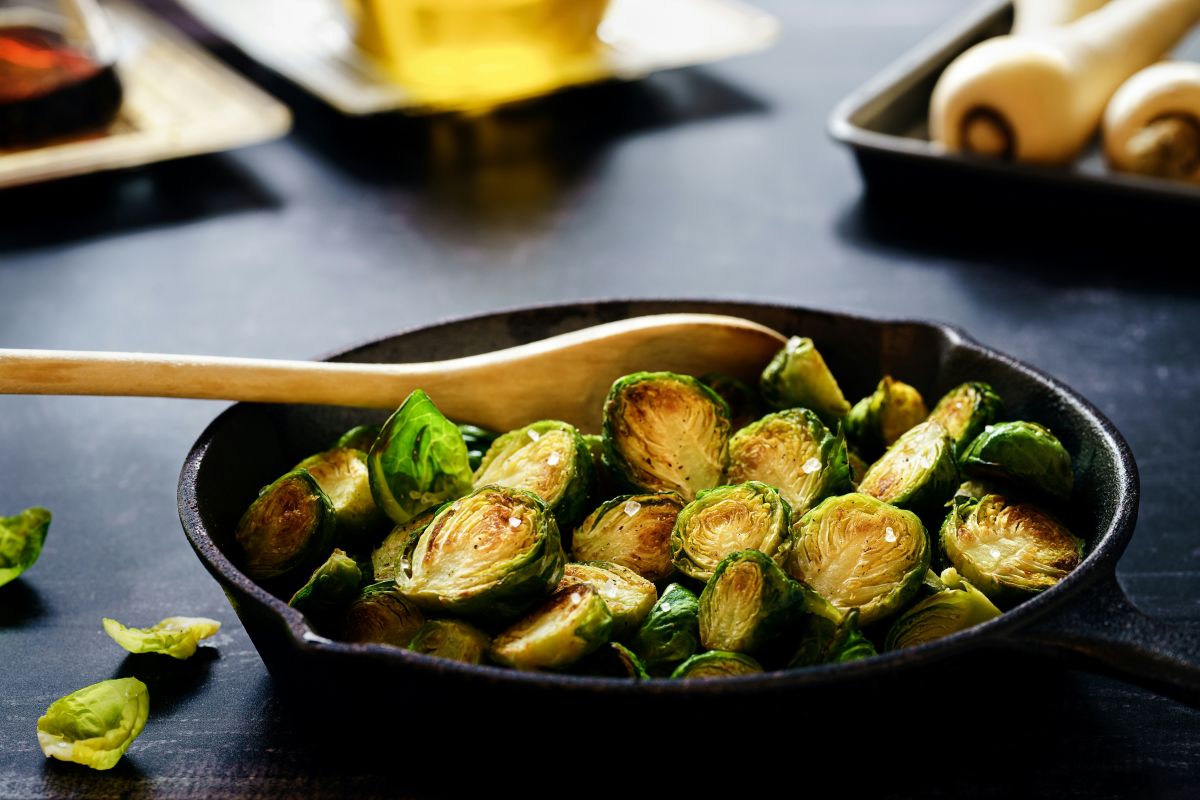
The Pro Method: A mandoline slicer is your best friend here. You need those potato slices to be paper-thin and uniform (about 1/8-inch). And please, use the safety guard. I’ve seen some gruesome cuts from careless mandoline use. No mandoline? No problem. Just use your sharpest knife and take your time, or use the slicing blade on your food processor. After slicing, DO NOT rinse the potatoes! The starch on the surface is what helps thicken the cream. In a saucepan, gently heat the cream with the smashed garlic clove, thyme, and nutmeg. Let it steep off the heat for 10 minutes, then strain it. Rub the inside of your baking dish with the other raw garlic clove. Now, layer the potato slices tightly, seasoning each layer with salt, pepper, and cheese. Pour the infused cream over the top—it should come about three-quarters of the way up. Bake low and slow at 325°F (160°C) for 60-90 minutes, until a knife inserts with no resistance. Pop it under the broiler for a minute at the end for that perfect golden crust.
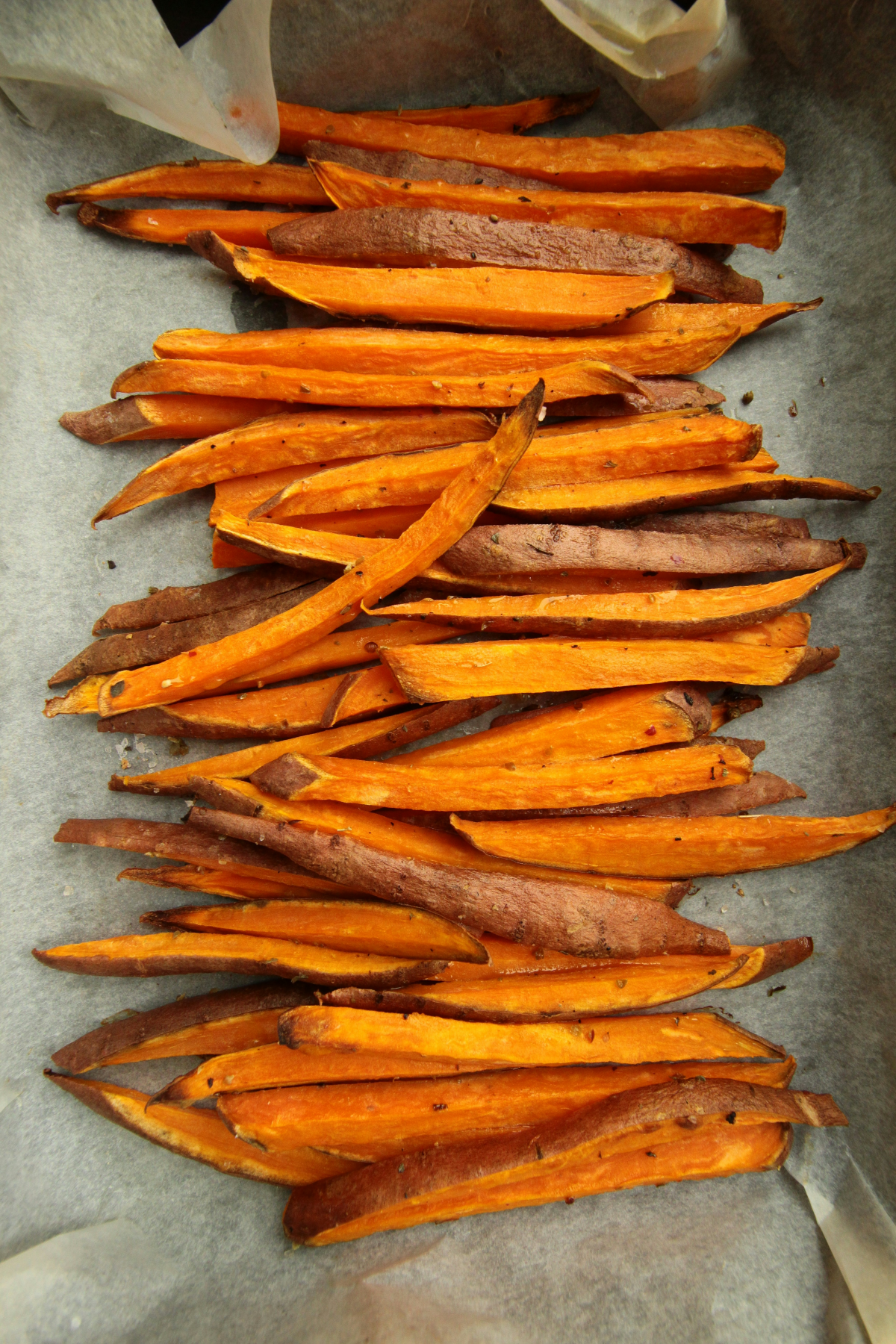
Troubleshooting Tip: If your gratin looks a bit soupy when it comes out of the oven, don’t panic. Just let it rest on the counter for 15-20 minutes before serving. The potatoes will continue to absorb that delicious cream as it cools slightly.
Make-Ahead Magic: This is the ultimate dinner party hack. You can assemble the entire gratin a day in advance. Cover it with plastic wrap, pressing it directly onto the surface of the potatoes to keep them from browning, and stick it in the fridge. When you’re ready, just bake it straight from the fridge, adding about 15-20 minutes to the total bake time.
Essential Veggies: For Color and Contrast
Don’t treat your vegetables like an afterthought. Give them the same love you give the meat, and they’ll bring freshness, color, and that all-important textural contrast.
High-Heat Roasted Asparagus with Lemon
Limp, olive-green asparagus is a culinary crime. The goal here is tender-crisp stalks with a bit of char and a bright, zesty finish.
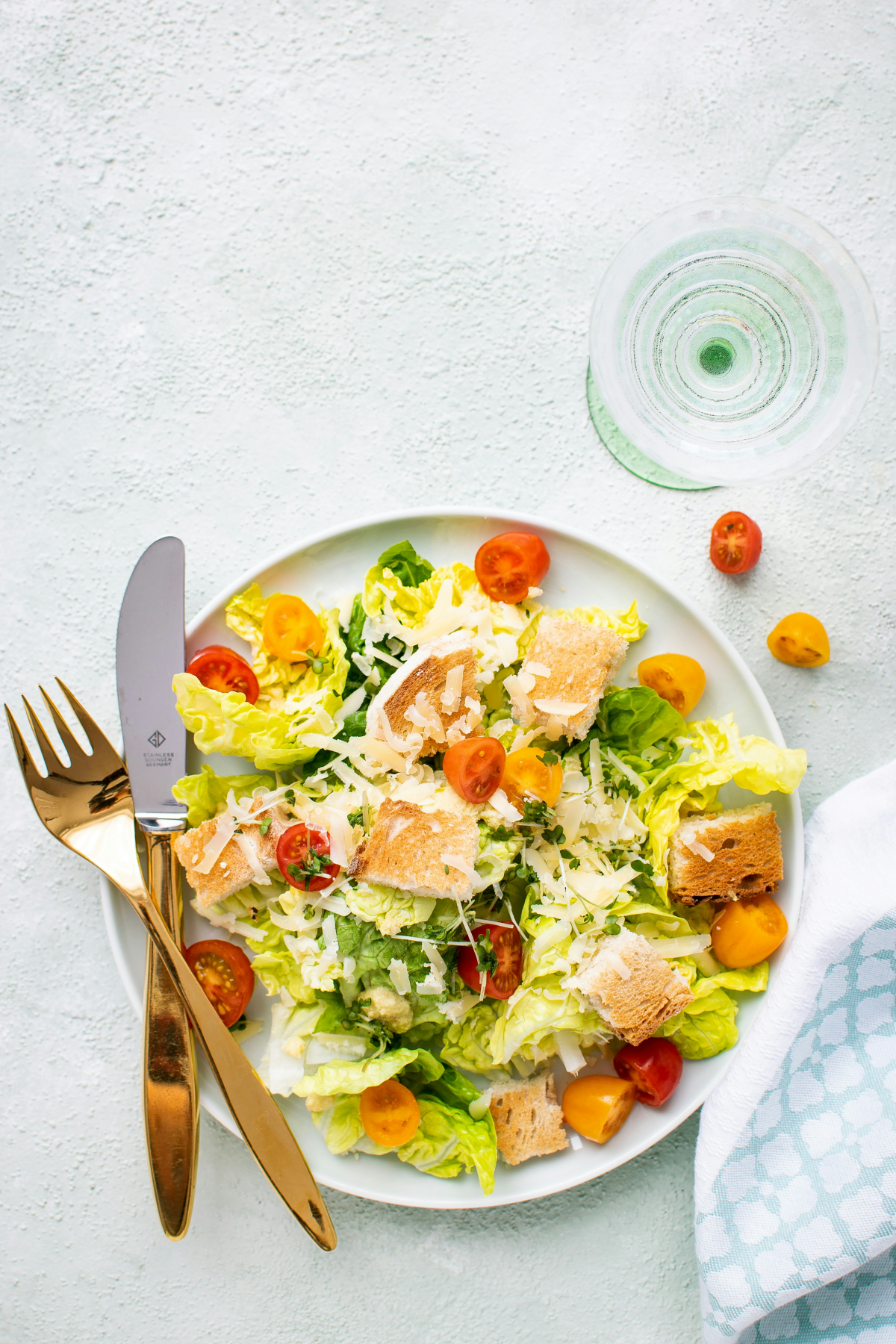
What You’ll Need (Serves 4):
- 1 large bunch of medium-thick asparagus
- 1 tbsp olive oil
- 1 lemon
- Shaved Parmesan cheese (optional)
- Flaky sea salt (like Maldon) and pepper
Time Commitment: 15-20 minutes, max.
The Pro Method: Prep the asparagus by holding each stalk and bending it. It will naturally snap right where the tender part meets the woody base. Ditch the woody ends. Get your oven screaming hot—like 425°F (220°C). Toss the asparagus with olive oil, salt, and pepper, and spread it in a single layer on a baking sheet. If you crowd the pan, it’ll steam instead of roast. Roast for 8-12 minutes, depending on how thick they are. You want them bright green and slightly blistered. The real magic is in the finish. As soon as they come out of the oven, squeeze the juice of half a lemon over them, add some fresh lemon zest, and a sprinkle of flaky sea salt. A little shaved Parmesan on top is never a bad idea.
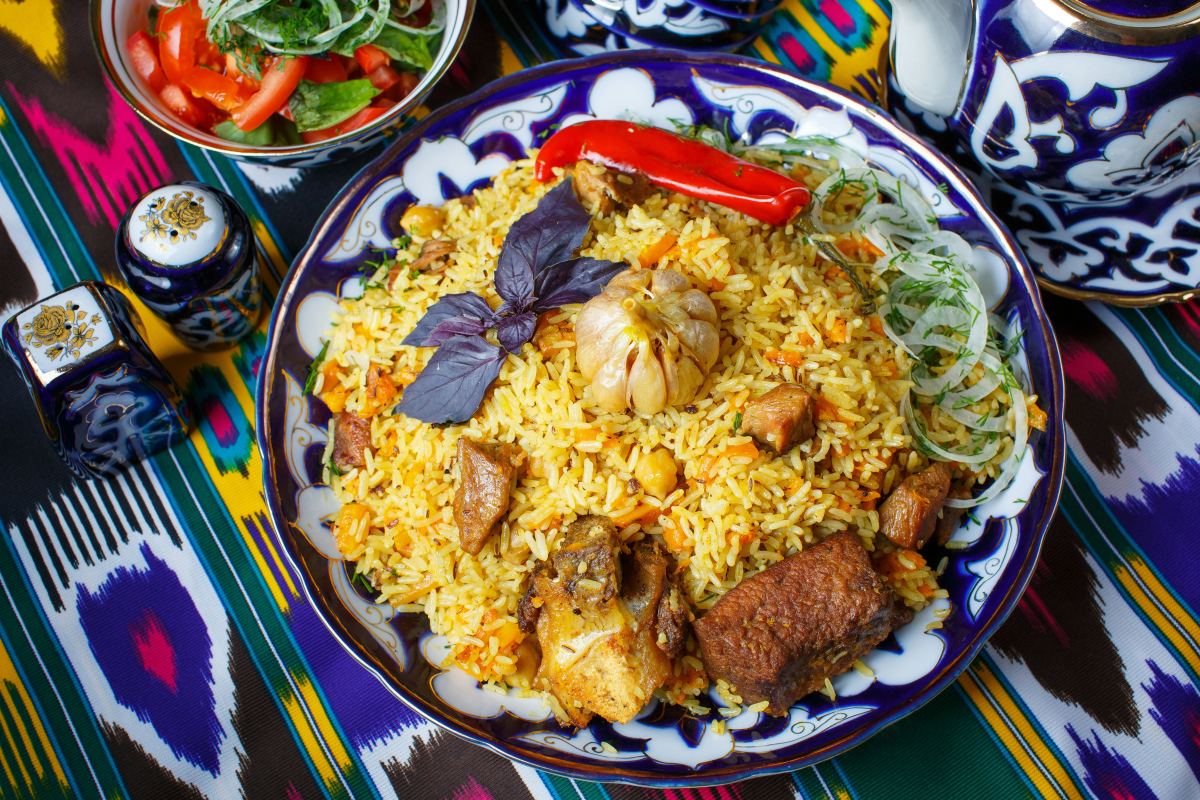
Perfectly Sautéed Mushrooms with Red Wine
Mushrooms and beef are a power couple. Their earthy, umami flavor makes the tenderloin taste even beefier. The key is developing a deep, savory flavor, not just a pile of soggy mushrooms.
What You’ll Need (Serves 4):
- 1 lb mixed mushrooms (cremini, shiitake, oyster)
- 1 tbsp high-smoke-point oil (like grapeseed)
- 2 tbsp butter, divided
- 1 shallot, finely chopped
- 1 clove garlic, minced
- 1 sprig fresh thyme
- 1/4 cup dry red wine (like Merlot or Cabernet)
- Salt and pepper
Time Commitment: About 25 minutes.
The Pro Method: This is where home cooks usually go wrong. Get a large pan very hot before you add anything. Add the oil, then add the mushrooms in a single layer. Don’t crowd them, or they’ll steam! Work in batches if you have to. Let them sear without moving them for a few minutes until they get deep, brown color. Then you can season with salt. Lower the heat, add 1 tablespoon of butter, the shallot, garlic, and thyme. Sauté for a minute until fragrant. Deglaze the pan with the red wine, scraping up all those tasty brown bits from the bottom. Let the wine cook down until it’s almost gone. To get that professional, glossy finish, turn off the heat and swirl in the last tablespoon of cold butter. This makes the sauce velvety and rich.
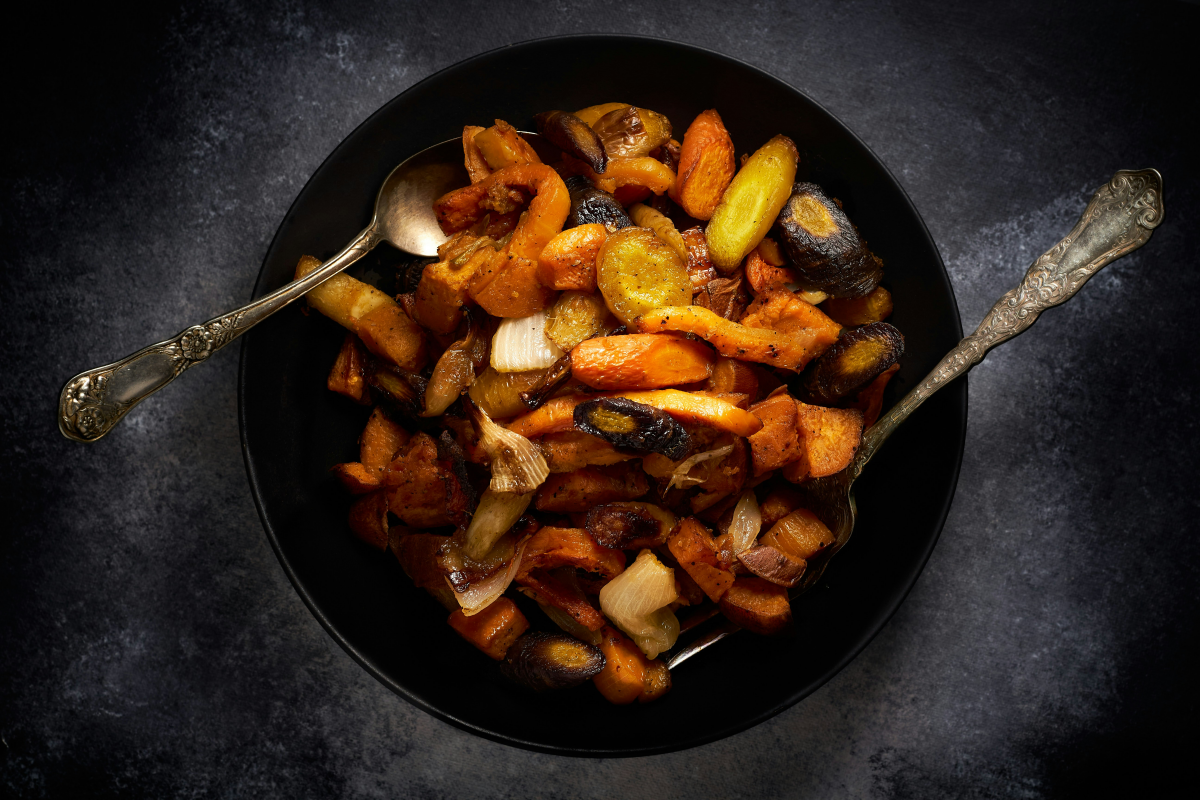
Make-Ahead Magic: These reheat surprisingly well. You can make them an hour or two ahead and just warm them through in a pan over medium-low heat before serving.
The Steakhouse Creamed Spinach
This is an icon for a reason. It provides the exact kind of richness that lean tenderloin craves. The secret is simple but non-negotiable: getting all the water out of the spinach.
What You’ll Need (Serves 4):
- 2 lbs fresh spinach
- 1 tbsp butter
- 1 shallot, minced
- 1 tbsp all-purpose flour
- 1 cup heavy cream
- Freshly grated nutmeg
- Salt and white pepper
Time Commitment: About 30 minutes, but can be prepped in stages.
The Pro Method: You need a shocking amount of fresh spinach for this. Wilt it in a big pot in batches, then immediately plunge it into an ice bath to lock in that vibrant green color. Now for the crucial step: squeeze. Once cool, put the spinach in a clean kitchen towel and wring it out with all your might. Seriously. If you leave water in it, you’ll have a watery, separated mess. For the sauce, melt butter in a saucepan, sauté the shallot, then stir in the flour to make a quick roux. Slowly whisk in the cream, bring to a simmer to thicken, and season with salt, white pepper, and a generous grating of fresh nutmeg. (Don’t skip the nutmeg!) Roughly chop your bone-dry spinach, add it to the sauce, and heat through.
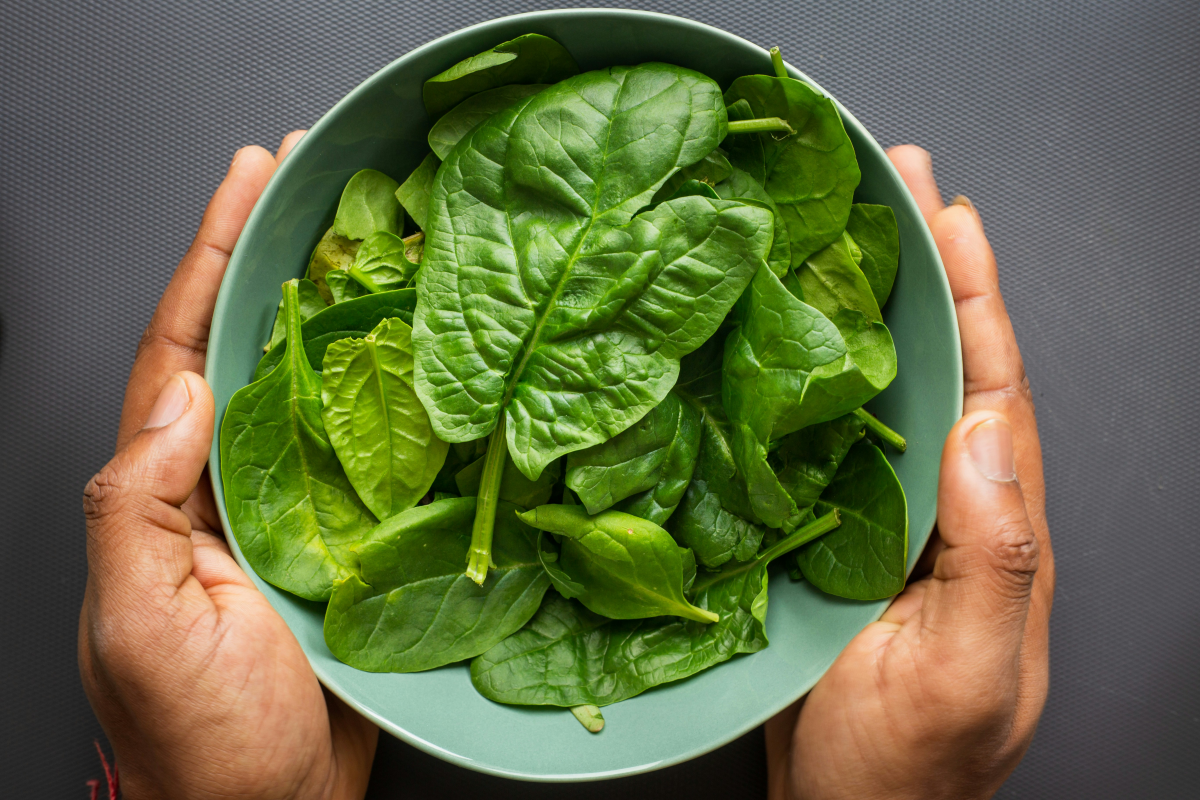
Make-Ahead Magic: You can do the hard part a day ahead. Wilt, shock, and squeeze the spinach, then store the chopped, dry spinach in an airtight container in the fridge. The cream sauce takes just five minutes to whip up when you’re ready to serve.
The Sauce: Your Flavor Powerhouse
In a pro kitchen, the sauce isn’t a condiment; it’s a core component. For tenderloin, a great sauce can provide all the flavor, fat, and acid you need in one fell swoop.
The Go-To Red Wine Pan Sauce
You mentioned it, so we have to include it! This is the sauce you make right in the pan after searing your tenderloin, and it’s pure magic.
What You’ll Need (Serves 4-6):
- Pan drippings from your beef tenderloin
- 1 large shallot, finely chopped
- 2 cloves garlic, minced
- 1/2 cup dry red wine (Cabernet, Merlot, or Pinot Noir)
- 1.5 cups good quality beef broth
- 1 sprig fresh thyme
- 2 tbsp cold unsalted butter, cut into pieces
Time Commitment: 10-15 minutes.
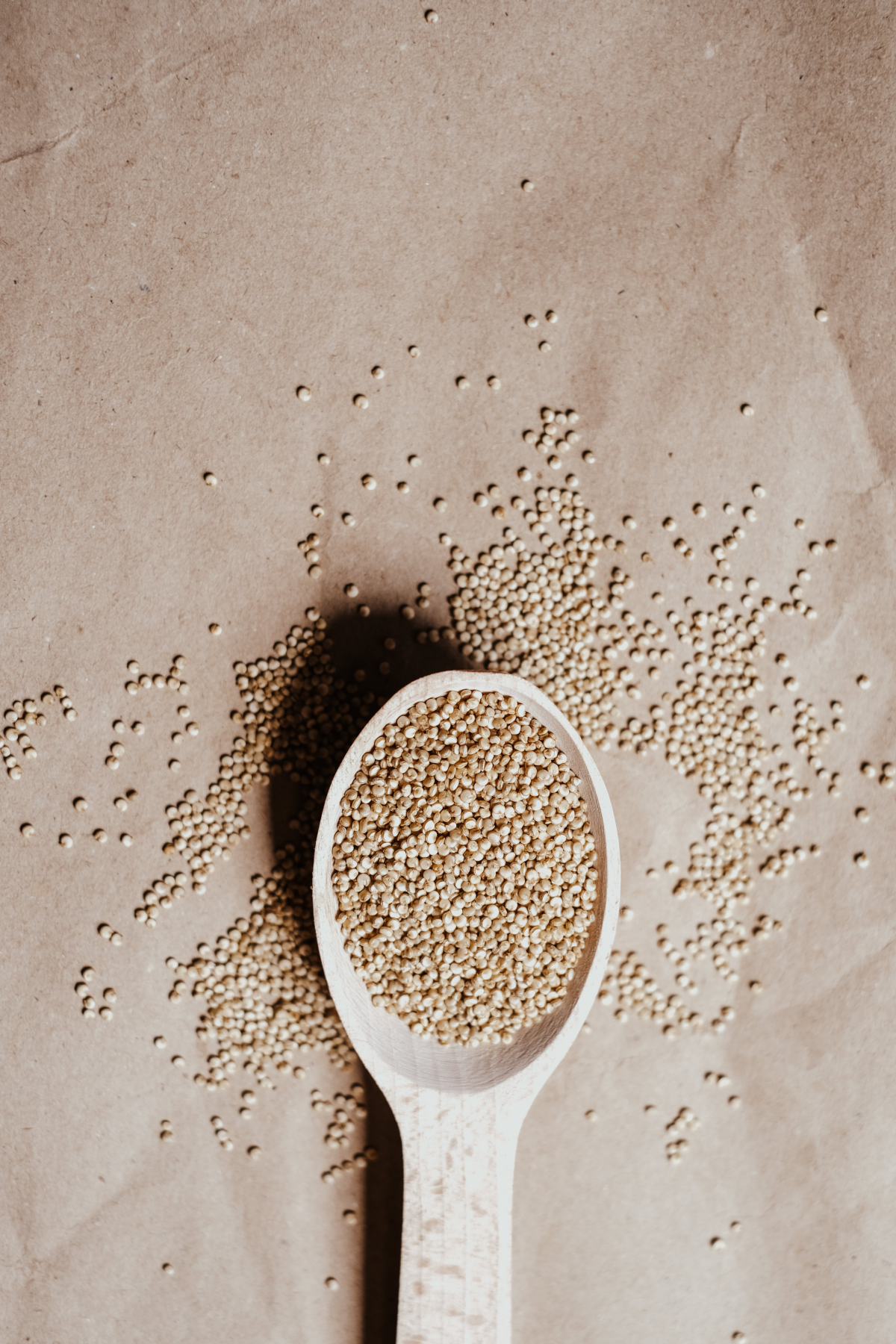
The Pro Method: After you remove the seared tenderloin from the pan to rest, pour off any excess fat, leaving the browned bits (the fond) behind. Over medium heat, add the shallot and cook for 2-3 minutes. Add the garlic and thyme and cook for 30 seconds more. Pour in the red wine to deglaze, scraping the bottom of the pan with a wooden spoon to release all that flavor. Let the wine bubble away until it’s reduced by about half. Pour in the beef broth, bring to a simmer, and let it reduce again by about half, until it’s thick enough to coat the back of a spoon. Turn the heat to low, and whisk in the cold butter one piece at a time. This will make the sauce glossy and rich. Taste and season with salt and pepper. Pour this glorious sauce over your sliced tenderloin.
Classic Béarnaise Sauce
Béarnaise is the undisputed king of steak sauces—a warm emulsion of egg yolks and butter, spiked with tarragon and vinegar. It’s tricky, but the payoff is immense.
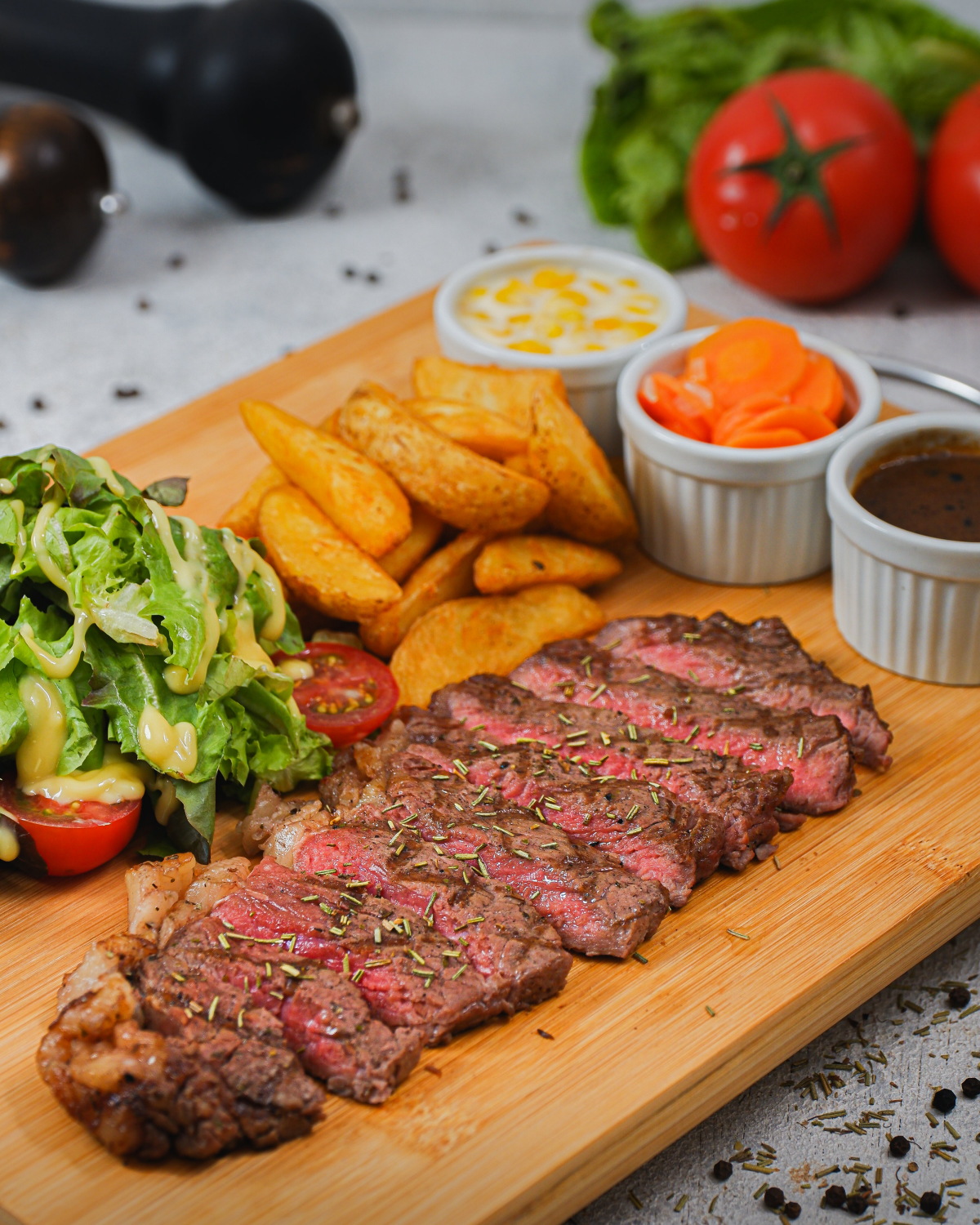
Time Commitment: About 25 minutes of focused, active work.
The Pro Method: First, make a flavor reduction by simmering 1/4 cup each of dry white wine and tarragon vinegar with a chopped shallot and some tarragon stems until it’s down to about two tablespoons. Strain it. Next, clarify a stick of butter by melting it gently and skimming the foam; you want just the pure, golden butterfat. In a bowl set over a pot of simmering water (make sure the water doesn’t touch the bowl), whisk two egg yolks with your reduction until pale and thick. This is the hard part. Remove it from the heat and start adding the warm clarified butter drop by drop, whisking constantly. Once it starts to thicken, you can add the butter in a slow, steady stream. Stir in fresh chopped tarragon and a pinch of cayenne.
How to Fix It: If it breaks and separates, don’t throw it out! In a clean bowl, whisk a teaspoon of water with a spoonful of the broken sauce until it comes back together. Then, very, very slowly, whisk the rest of the broken sauce into that new base. It’s a save I’ve had to pull off many times during a busy service.
Holding Tip: You can’t reheat this sauce, but you can hold it for about 30-45 minutes. The best way is in a small thermos that you’ve pre-warmed with hot water. A bowl set over a pot of warm (not hot!) water also works in a pinch.
Putting It All Together: 3 Perfect Plates
You don’t need five different sides. Just choose two or three that create a complete thought on the plate. Here are a few combinations that always win:
- The Classic Steakhouse Experience. This is the go-to for a big celebration. Pair your tenderloin with that rich Red Wine Pan Sauce, the decadent Potato Gratin, and the Creamed Spinach. It’s a higher-effort meal, for sure, but it’s a showstopper that’s deeply satisfying.
- The Modern, Lighter Vibe. For something a bit fresher that really lets the beef’s flavor stand on its own, serve the tenderloin with the High-Heat Roasted Asparagus and maybe a simple, bright green salad with a sharp vinaigrette. It’s elegant, much quicker to pull off, and feels a little less heavy.
- The Rustic, Earthy Meal. This is perfect for a cozy fall or winter evening. Pair the tenderloin with the Sautéed Mushrooms and the Roasted Garlic Mashed Potatoes. It’s hearty, comforting, and the earthy flavors are just a perfect match for the beef.
At the end of the day, the best meal is one you actually enjoy making and sharing. Think of these techniques as tools, not rigid rules. Use them as a starting point, trust your own taste, and pay attention to the little details. I promise, that extra bit of care you put into the side dishes will transform a good dinner into an unforgettable feast. That’s the real reward.
Inspirational Gallery
- A final dusting of umami-rich porcini powder right before slicing.
- A scattering of buttery, toasted pine nuts over your vegetables for crunch.
- A drizzle of aged balsamic vinegar to cut through the richness.
The secret to a restaurant-quality plate? It’s often in these final, thoughtful gestures. They take seconds but add layers of complexity.
The Wine Question: Power or Elegance?
With a cut as refined as tenderloin, the wine pairing is crucial. A full-bodied Cabernet Sauvignon from Napa Valley, with its dark fruit and structured tannins, creates a classic, powerful steakhouse experience. For a more nuanced pairing, consider a high-quality Pinot Noir from Burgundy or Oregon. Its earthy notes and bright acidity will highlight the meat’s delicate flavor without overwhelming it.
More than 85% of what we perceive as ‘taste’ is actually derived from our sense of smell.
This is why aromatic components are non-negotiable. Searing the tenderloin with a sprig of thyme and a crushed garlic clove doesn’t just flavor the meat; it perfumes the entire dish. The steam rising from the plate carries these aromas, priming the palate before the first bite is even taken.
Don’t forget the textural counterpoint. A perfectly tenderloin and a silky potato purée are luxurious, but without a third element, the palate can get bored. This is where something with a definitive crunch or crispness becomes essential. Think crispy shallots, flash-fried Brussels sprout leaves, or even a simple side of green beans blanched to a perfect al dente snap.
Can a simple sauce truly transform the dish?
Absolutely. A classic Béarnaise, with its creamy texture and fresh tarragon kick, adds decadent richness that the lean tenderloin lacks. A deep red wine and shallot reduction, on the other hand, provides an acidic, savory depth that enhances the beef’s own flavor. The choice defines the entire character of the meal: one is classic indulgence, the other, rustic elegance.
A Common Pitfall: The Cold Plate. You can perfectly cook the meat, nail the sides, and create a beautiful sauce, but serving it all on a cold ceramic plate will undo your hard work in minutes. The heat leaches out instantly. A pro-kitchen trick is to warm your plates in a low oven (around 150°F / 65°C) for 10-15 minutes before plating. It keeps the food at its ideal temperature from kitchen to table.
- The color contrast of a vibrant green against the deep brown crust of the meat.
- The clean, architectural lines created by a precise cut and placement.
- The negative space that allows each element to be appreciated individually.
What’s the principle? Think like a designer. Plating isn’t about piling food; it’s about composing a visual experience. Use the ‘rule of odds’—placing three or five main elements on the plate often feels more dynamic and appealing than an even number.
For the Potato Purée: Pass the cooked potatoes through a ricer or food mill, not a blender. A blender’s high-speed blades overwork the starches, turning them into a gluey, wallpaper-paste-like consistency.
For the Asparagus: After blanching, immediately plunge the spears into an ice bath. This process, called ‘shocking’, instantly stops the cooking and locks in their vibrant green color and crisp texture.
These are the small technique details that separate a good home-cooked meal from a great one.
Instead of a standard potato gratin, consider a savory twist with celery root (celeriac). When thinly sliced and baked in cream with a touch of nutmeg and Gruyère cheese, it offers a sophisticated, earthy alternative. Its nutty, slightly sweet flavor profile is an exceptional and unexpected match for the subtle taste of beef tenderloin.










